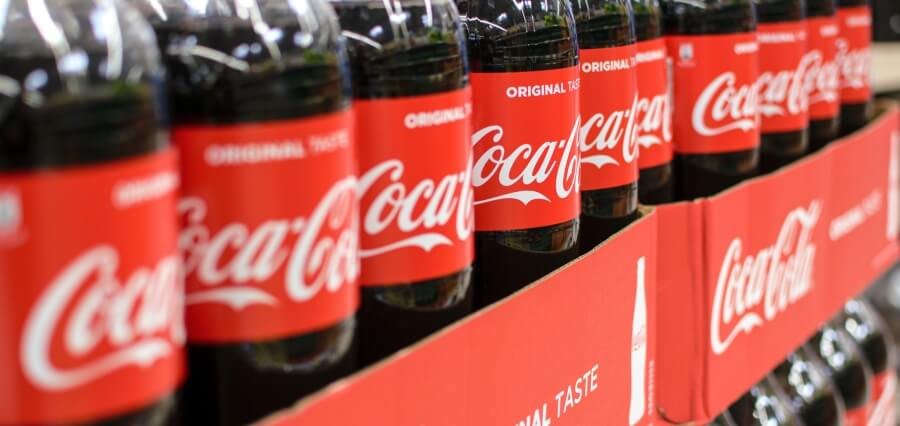The drinks group raised the prices of its beverages by up to 24% in certain countries.
Coca-Cola defied the sluggish trend in the consumer goods sector by reporting better-than-expected revenues in the fourth quarter and volume growth for the full year, all while continuing to raise prices by as much as a quarter. Despite the substantial price hikes, the beverage giant’s net revenues for the year ending in December increased by 6%, reaching $45.8 billion. This growth was primarily driven by an average price increase of 10%. Remarkably, despite the significant price adjustments, the volume of drinks sold rose by 2%, indicating robust consumer demand for products like Coca-Cola and Sprite.
John Murphy, the company’s finance chief, emphasized Coca-Cola’s consistent ability to grow volumes and revenue, distinguishing it from many other consumer goods companies. While rivals like PepsiCo have struggled to maintain sales volumes while increasing prices to offset rising operating costs, Coca-Cola’s performance stands out. For instance, Unilever recently reported a marginal uplift in sales volumes for the full year, while Nestlé is expected to announce a slight decline in real internal growth, its proxy measure for sales volumes, next week.
However, as overall inflation begins to ease, companies like Coca-Cola are indicating that price inflation will revert to normal levels in 2024. The company’s operating margin slightly declined to 24.7% compared to 25.4% the previous year, but saw a slight increase in the fourth quarter from 20.5% to 21%. Net income for the full year increased by 12% to $10.7 billion, or $2.48 per share. However, net income in the fourth quarter fell below expectations, dropping by 3% to $1.9 billion, compared to an anticipated 10% increase.
Europe, the Middle East, and Africa were particularly affected by price hikes, experiencing a 24% increase in the fourth quarter and a 19% increase for the full year. While unit case volumes remained flat, revenues in the region grew by 7%. Murphy noted that one-third of the pricing was due to hyperinflation in Zimbabwe and Turkey.








